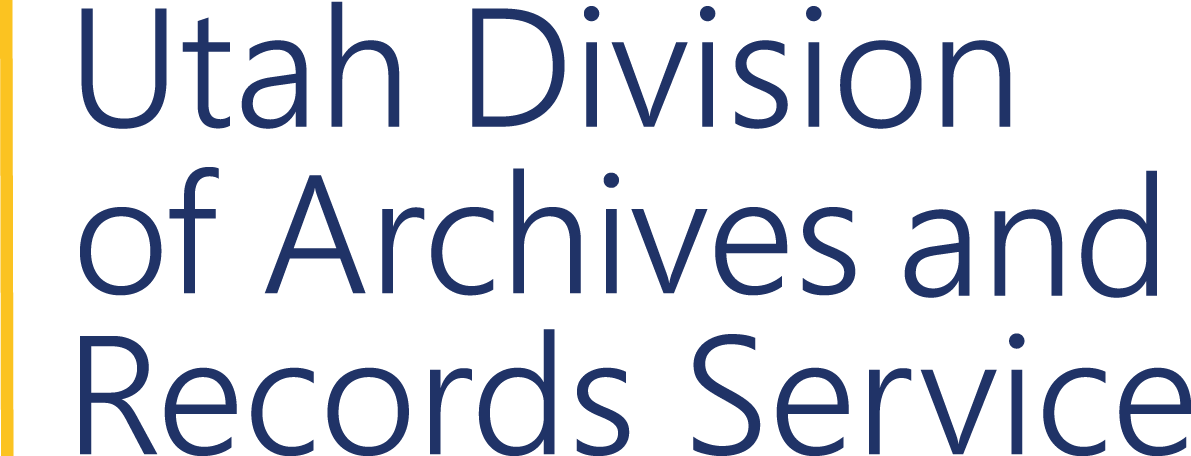Upper Colorado River Basin Compact
With the passage of the Colorado River Compact of 1922, the Colorado River Basin was divided into a Lower Basin unit (comprised of Arizona, California, and Nevada), and an Upper Basin unit (composed of Colorado, New Mexico, Utah, and Wyoming). For the first twenty-five years after the compact was ratified, the bulk of development that took place on the river occurred in the Lower Basin. The construction of Hoover Dam, and other projects in the Lower Basin, had a direct impact on growing the human populations of the southwest. This, in turn, fueled the need for ever-more water in the region.
With the lower basin’s voracious hunger for water, a movement to begin developing the Upper Basin’s water allotment gained real momentum. This movement was fueled, in part, by concerns among leaders in the Upper Basin that unclaimed water in the north could be forever captured and taken by the unquenchable thirst of agriculture and populations sprouting up in California, Arizona, and southern Nevada.
Negotiations for how to divide the Upper Basin share of the river began when representatives from each Upper Basin state met to discuss the issue in 1946. Utah’s interests in this ongoing negotiation were represented by both Governor Henry Hooper Blood, as well as Utah State Engineer, Ed H. Watson. Records from Watson’s office, in particular, reveal how prominently involved the State Engineer was in ensuring Utah received an equitable portion of the Upper Basin river allotment.
Two years of negotiation and planning ultimately culminated in the Upper Colorado River Basin Compact of 1948. This new accord added another chapter to the expanding Law of the River by guaranteeing a fixed percentage of water from the Colorado River to each Upper Basin state on an ongoing annual basis. Under the terms of this agreement, Colorado would have 52% of the Upper Basin share, Utah 23%, Wyoming 14%, and New Mexico 11%. In addition, Arizona wasr allotted a 50,000 acre foot share for the small portion of the state that lies north of the division boundary line at Lee’s Ferry.
With agreement between the Upper Basin states on how to share their allotment of the Colorado River, the stage was set for the emergence of a massive, federally backed plan that would usher in an era of unprecedented change in the Intermountain West.
NextPage Last Updated September 12, 2022.
